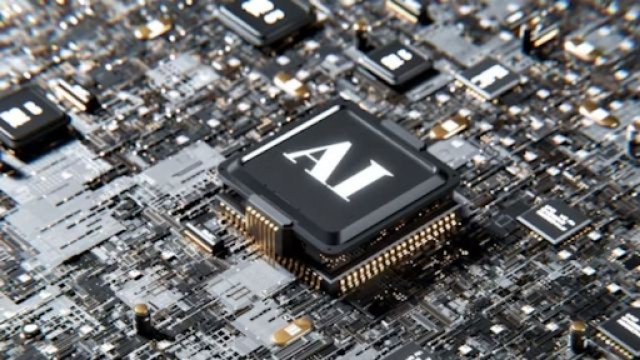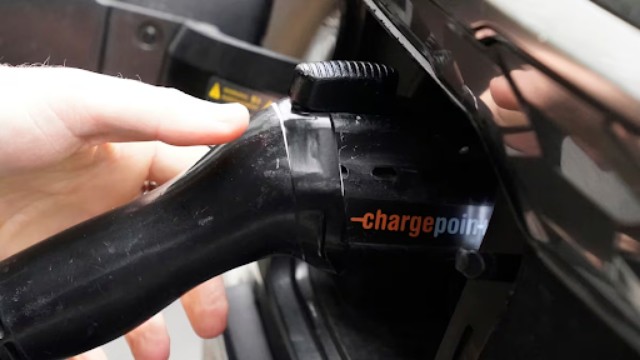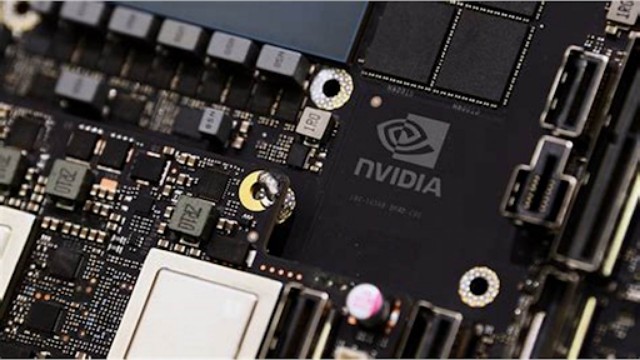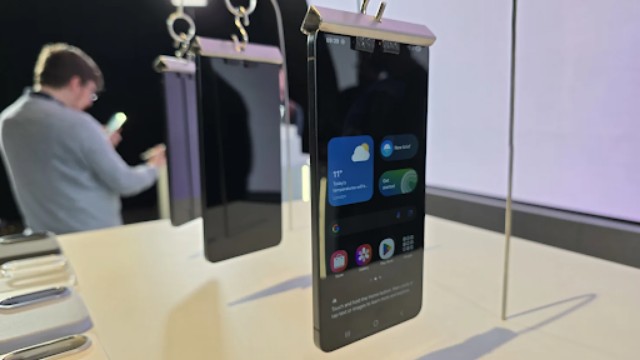
The AV1 robot comes equipped with a camera, microphone, and speaker. CNN
When children face chronic illnesses that prevent them from attending school, the impact can be more than just physical. The emotional toll of missing out on school and time with friends can be significant. To address this challenge, a Norwegian company called No Isolation has introduced a unique solution: the AV1 robot. This innovative device enables children who cannot attend school due to health issues to stay connected with their classmates.
The AV1 robot resembles a simplified human head and torso and is designed to take the place of a child in the classroom. It is equipped with a camera, microphone, and speaker, allowing the child to see, hear, and communicate from a distance. Teachers simply place the robot on a desk, and the child can control it remotely through a special app using a unique password.
Florence Salisbury, the marketing director for No Isolation, explained how the robot functions: “They can tap or swipe their finger around the screen to look at different corners of the classroom.” The child can speak to their teacher and classmates through the robot’s speaker, and a “raise hand” feature makes a light flash on the robot’s head. There are also options for displaying emojis in the robot's eyes, helping the child express their feelings.
Currently, around 3,000 AV1 units are active across 17 countries, with the UK and Germany being the largest users. In the UK, schools can rent the AV1 for about £150 ($200) per month or purchase it outright for £3,700 (around $4,960), plus an annual service fee of £780 (about $1,045).
One of the most significant benefits of the AV1 robot is its ability to help maintain social connections. Salisbury shared the story of a 15-year-old boy in Warwickshire, England, whose friends included the AV1 in their lunch gatherings, ensuring he remained part of their social circle. “During a long absence, where classmates might not see their friend for an extended period, this connection to school really becomes a lifeline for that student, especially for those with a medical condition,” she said.
Recent statistics show that more than 19% of students in England were persistently absent from school in the autumn of 2023/24, with 7.8% absent due to illness, which is higher than pre-pandemic figures. Although remote learning became popular during the Covid pandemic, many students found it difficult to transition back to traditional schooling. The AV1 robot was created before the pandemic, but some schools have used it to help students reintegrate into the classroom environment.
The UK’s Chartwell Cancer Trust is providing 25 AV1 robots to children with serious illnesses. Michael Douglas, the founding trustee, highlighted the importance of these robots in helping children stay engaged with their education, even while receiving intensive care. “They are loved by the parents and make a real difference,” he said. “They make the child important.”
However, there are some challenges in implementing the AV1 system in schools and hospitals. Douglas noted that “red tape can be a real issue” when trying to get the robots into educational settings. Additionally, maintaining the necessary technical infrastructure, such as strong Wi-Fi, can be problematic.
Research published in a peer-reviewed journal has indicated that avatar technologies like AV1 can significantly help children stay connected socially and educationally. However, it also emphasized the need for structures that ensure equal access to these technologies and for training sessions for teachers on both the technical and social aspects of using robots.
In response to these needs, No Isolation launched AV1 Academy, providing a library of training materials and resources to enhance the usability of the robot. The AV1 is designed with privacy in mind; it does not collect personal data, and the app prevents screenshots or recordings. Only one device can connect to the robot at a time, with its head and eyes lighting up to indicate active use.
While there are other avatar robots on the market, the AV1’s design makes it practical for classroom use. Weighing about one kilogram, it can be easily transported between classes in a specialized backpack. Salisbury explained that the absence of a screen displaying the child’s face can reduce pressure for students who may struggle with anxiety, making them more likely to use the robot.















